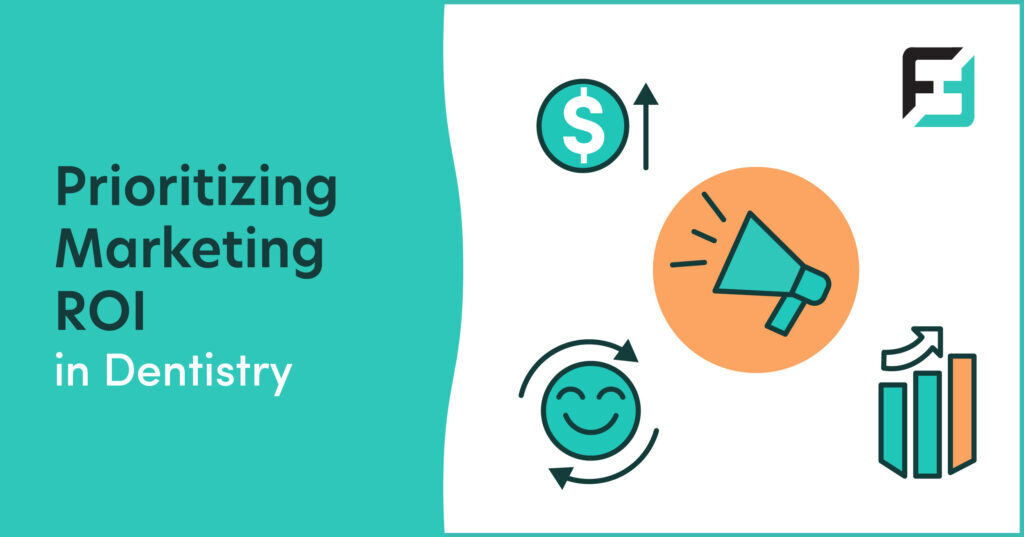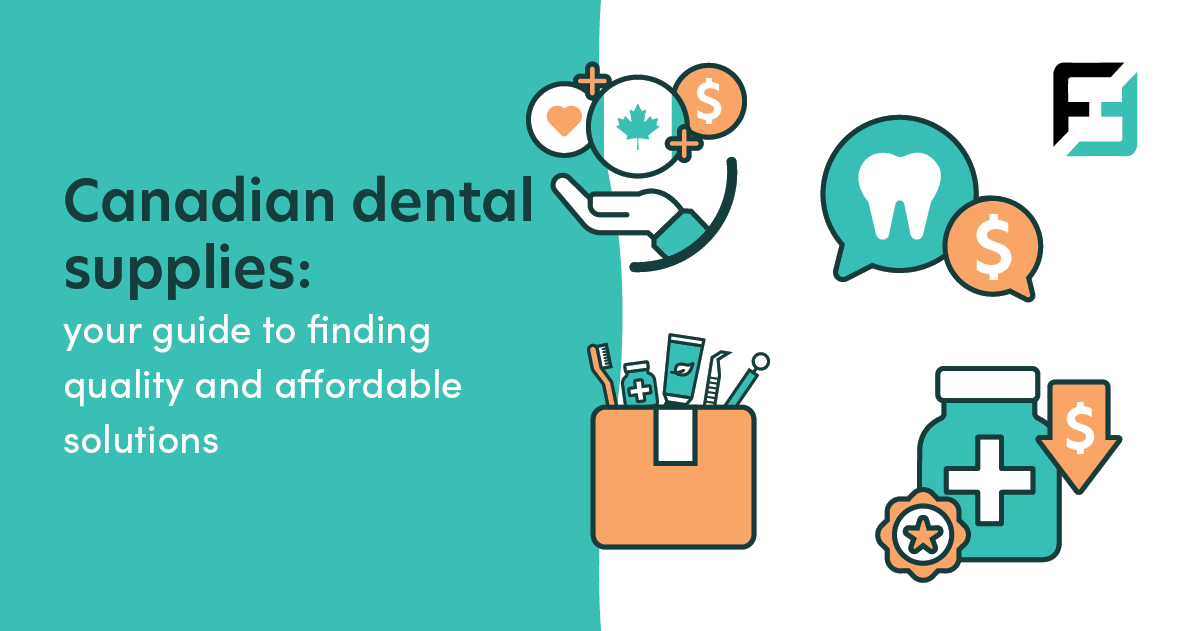Longer, happier dental careers begin with ergonomic dental equipment.
It is no secret that dental practitioners often experience work-related aches, pains, and strains. Ergonomic safety is a critical component of a healthy, productive practice. Poor dental ergonomics can cause anything from chronic musculoskeletal disorders (MSD) to eye strain, and the tools and equipment used can be key risk factors. This article will explore the role of ergonomics in dentistry and the tools that support healthier practices and happier practitioners.
Common risks associated with poor dental ergonomics
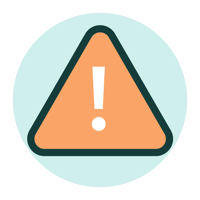
Good ergonomics have the power to improve productivity and job satisfaction in a dental office, while poor ergonomics can have health risks. For instance, inefficient equipment can overexert the musculoskeleton, forcing the body to bend, lift, twist, or overreach. Tools with inferior handles can cause hand fatigue or blisters when repeating the same motion over and over. Insufficient lighting can cause eye strain and treatment errors. Even poorly designed operatory and office furniture can put undue stress on hands, arms, shoulders, and hips and prevent the body from maintaining a neutral posture, paving the way for injury over time.
Tools that feature advanced dental ergonomics
Ergonomics in any office environment focuses on creating workspaces that enable people to interact safely and efficiently with the items in the space and the tools they use. The same goes for a dental office, but the stakes are somewhat higher since the health of patients is also involved. In a dental office, poor ergonomics can result in increased work-related injuries or accidents and reduced job satisfaction, which can lead to suboptimal patient care and even premature retirement from dentistry.
Fortunately, modern dental tools and techniques are increasing the efficiency of dental practices and helping to reduce the risk of strain and injury. A good rule of thumb is to choose products that combine ergonomic designs with quality materials and user-friendly technologies. The following is a selection of good examples.
Better Angles
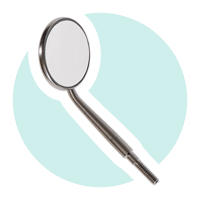
Dental mirror heads that are ergonomically angled help optimize visibility inside the patient’s mouth. Essential to providing accurate diagnoses and high-quality care, these high-definition mirrors deliver 40% more clarity and brightness than rhodium, reducing eye strain. They are also scratch and wear-resistant to provide flawless visuals for longer.
Superior Grips

Tools that feature an ergonomic grip, such as this probe with a balanced, non-slip handle, provide comfort and stability. Featuring a lightweight design, they require less hand pressure to control while delivering enhanced tactile feedback.
Custom Fit
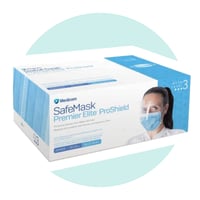
PPE that offers a custom fit—like this combination earloop mask and visor with an adjustable nose piece and ergonomic wraparound shield—ensures maximum safety and breathability. These procedural masks are the ideal integration of respiratory protection and anti-glare, distortion-free visibility.
Clearer Visuals

Saliva ejectors that are ergonomically constructed to mould to the patient’s mouth ensure patient comfort while widening the field of view. Their unique coiled design holds the tongue in place and retracts the cheek, eliminating strain on the practitioners’ fingers and wrists.
Minimal manual intervention
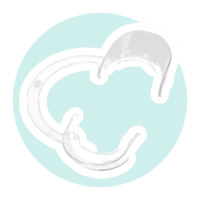
Supplies that enable practitioners to keep both hands free for their work, such as hands-free retractors, ensure higher efficiency and improved visibility into the oral cavity. They reduce strain and fatigue associated with manual retraction and keep patients comfortable, especially during extended procedures.
Conclusion: Dental ergonomic improvements can make a big difference to a practice
When chosen wisely, ergonomically correct equipment can improve efficiency and prevent or reduce staff pain, injury, and fatigue. For practitioners suffering from the effects of poor ergonomics, small changes like more comfortable hand grips, better lighting, hands-free equipment options, and tools with high adjustability can support a happier, healthier dental career and optimize patient outcomes.


